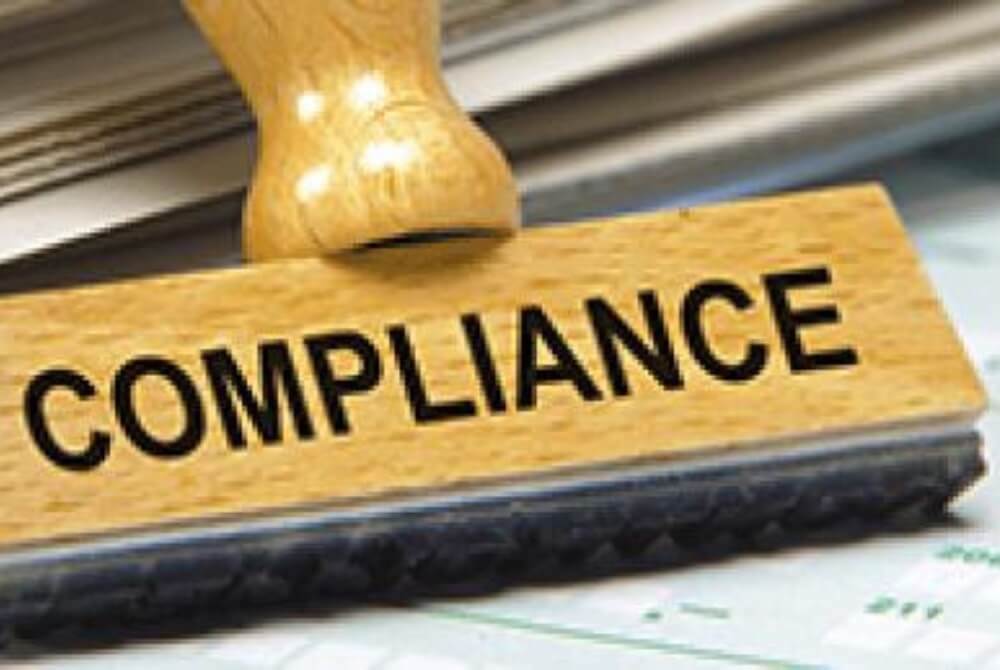
Ensuring Building Compliance: A Crucial Step for Safety and Accountability in the UK
ATSPACE / 09-06-2023Trusted by 9K+ businesses



The issue of building compliance has gained significant attention in the United Kingdom in recent years. Tragic incidents like the Grenfell Tower fire in 2017 brought to light the importance of ensuring that buildings meet rigorous safety standards. The UK government has since undertaken several initiatives to address building compliance issues and enhance safety measures. In this blog, we will delve into the current state of building compliance in the UK, explore the key challenges faced, and discuss the measures being taken to ensure the safety and accountability of buildings.
The UK has a complex regulatory framework governing building compliance. The Building Regulations set out the minimum standards for design, construction, and alterations of buildings. These regulations cover a wide range of aspects, including fire safety, structural integrity, accessibility, and energy efficiency. Local authorities enforce compliance with these regulations through a rigorous inspection process.
Despite the existing regulations, a number of challenges persist in achieving building compliance in the UK:
a) Ageing Infrastructure: Many buildings in the UK were constructed prior to the introduction of modern safety standards. Retrofitting these structures to meet current regulations poses significant challenges and financial burdens for building owners.
b) Lack of Transparency: The complexity of the regulatory framework often leads to confusion and a lack of transparency. Different agencies, such as local authorities, building control bodies, and fire and rescue services, have overlapping responsibilities, making it difficult to determine clear lines of accountability.
c) Competency and Training: The Grenfell Tower tragedy exposed shortcomings in the competency and training of professionals involved in building design, construction, and inspection. There is a pressing need to ensure that all individuals involved in the construction industry possess the necessary skills and qualifications to uphold building compliance.
Recognising the need for improved building compliance, the UK government has initiated various measures to address the challenges mentioned above:
a) Building Safety Bill: The Building Safety Bill, introduced in Parliament in 2020, aims to establish a new regulatory framework for building safety. It proposes the creation of a new Building Safety Regulator to oversee the safety and performance of buildings. The bill also introduces new requirements for building owners and managers to maintain a golden thread of information about each building, ensuring ongoing compliance and accountability.
b) Fire Safety Bill: The Fire Safety Bill, introduced in response to the Grenfell Tower fire, seeks to clarify the responsibilities of building owners and managers in ensuring fire safety. It empowers fire and rescue services to take enforcement action against those who fail to comply with fire safety regulations.
c) Competency Frameworks and Training: Efforts are underway to improve the competency and training of professionals involved in the construction industry. Industry bodies and institutions are developing competency frameworks and promoting continuous professional development to enhance the skills of architects, engineers, contractors, and building inspectors.
Building compliance in the UK is undergoing a significant transformation. The introduction of new legislation and regulatory bodies demonstrates the government's commitment to improving building safety and accountability. However, challenges still remain, and it will require concerted efforts from all stakeholders to ensure effective implementation and enforcement of building compliance standards.
Conclusion:
Building compliance is an essential aspect of ensuring the safety and well-being of individuals living and working in the UK. The country has recognised the need for stronger regulations and is taking significant steps to address the challenges faced. By implementing new legislation, enhancing competency frameworks, and fostering collaboration among various stakeholders, the UK aims to establish a robust system of building compliance that prioritises safety, transparency, and accountability. Only through these concerted efforts can the nation move forward towards a future where buildings are truly safe and secure for all.
